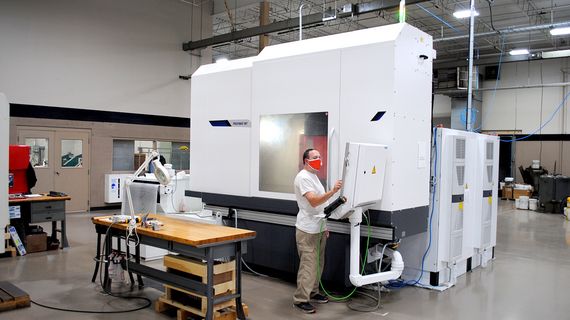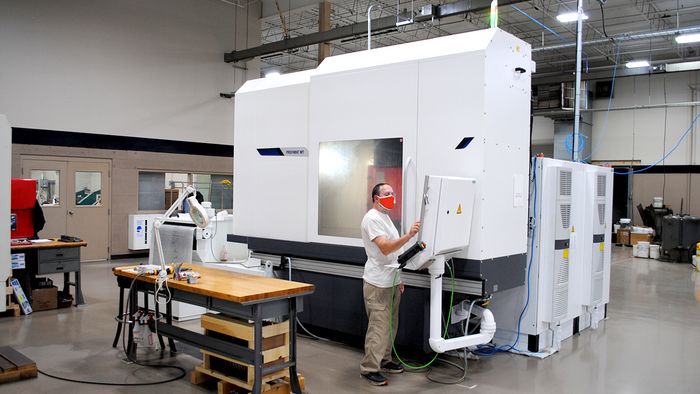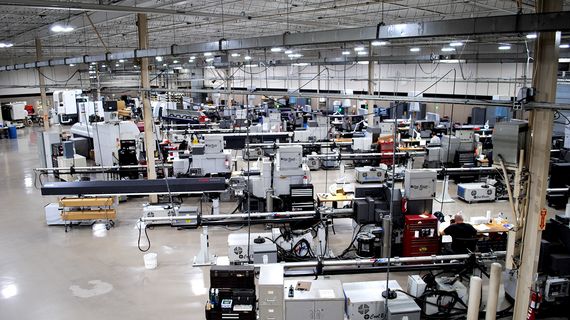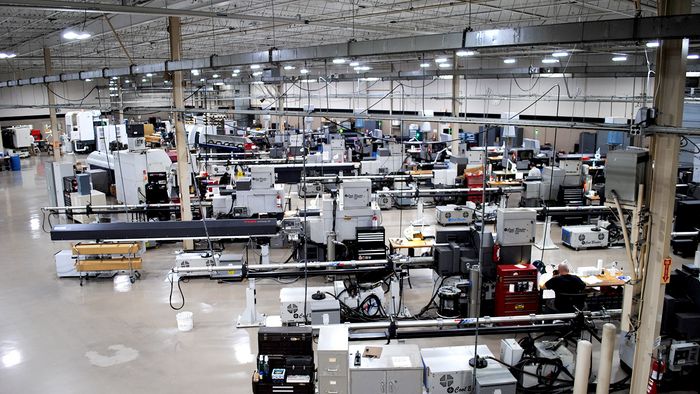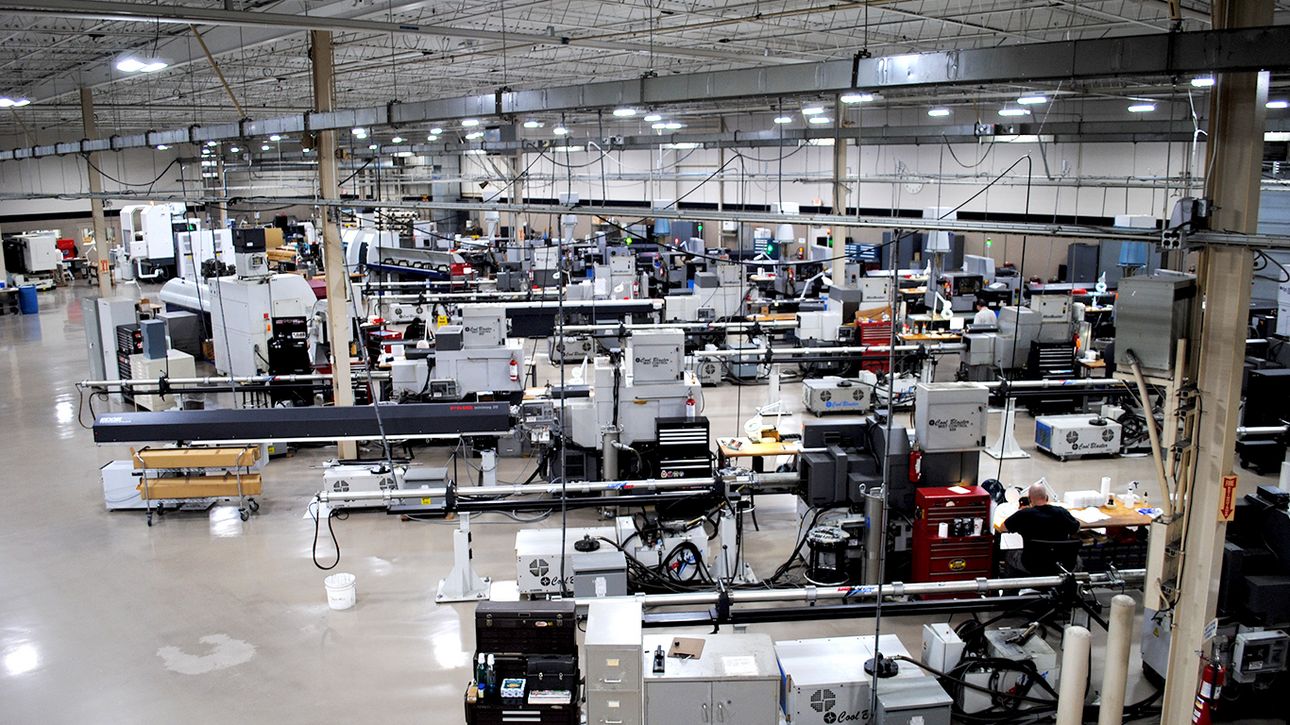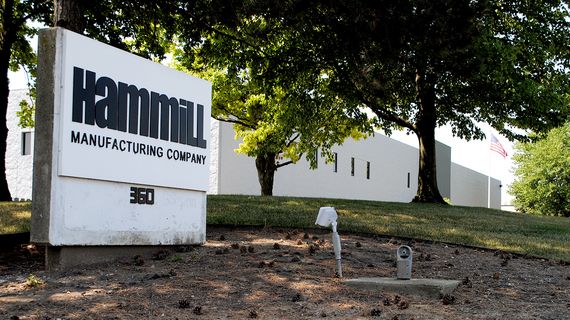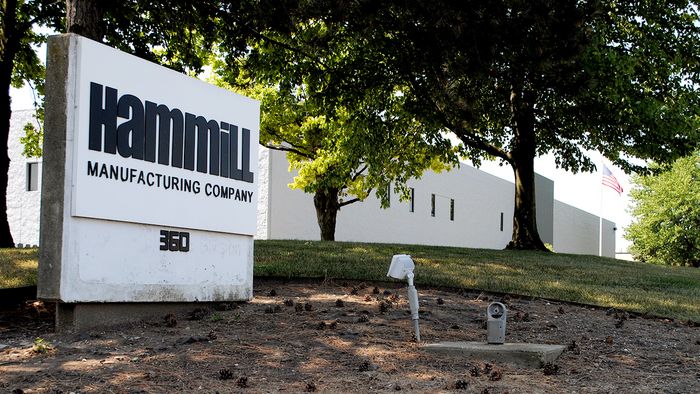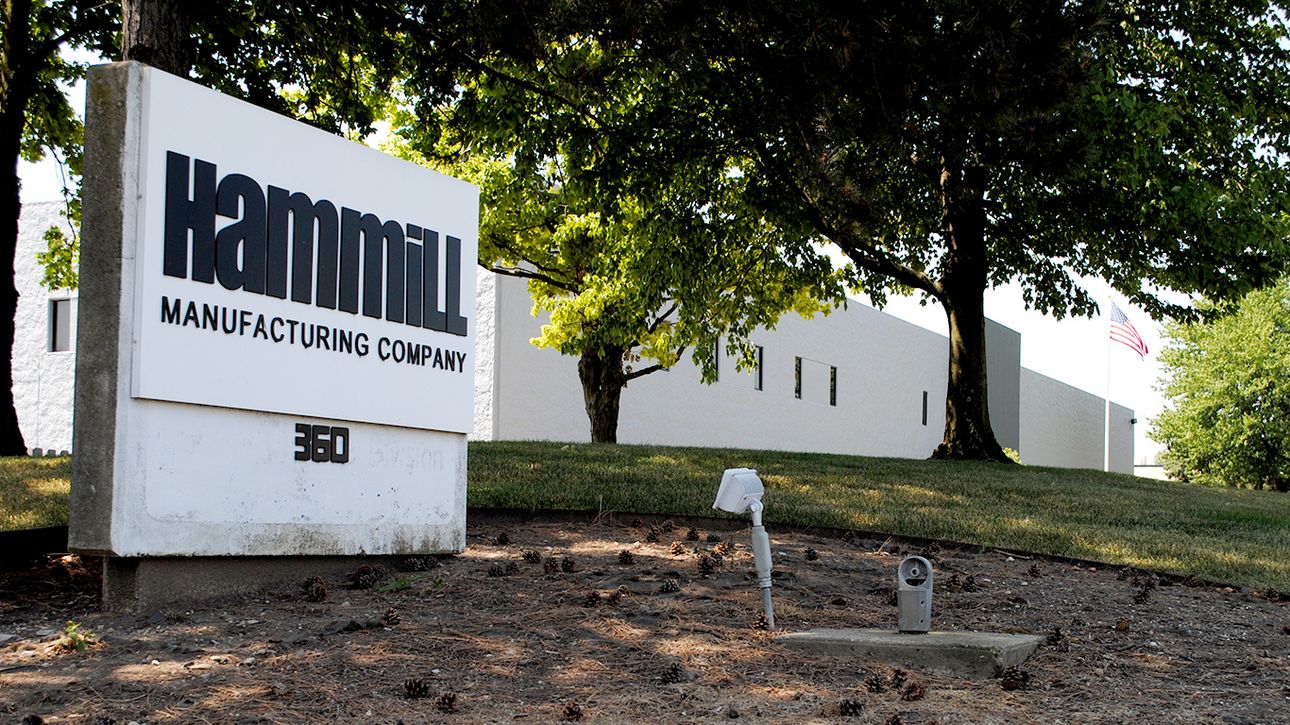Hammill Case Study - Continuous-Dress, Creep-Feed Grinding
The relationship between Hammill Manufacturing Company and UNITED GRINDING North America dates to the mid-1980s. Hans Ueltschi, former VP of the Cylindrical Division Sales, installed Hammill’s first STUDER grinder when he was a technician. Hammill president John Hammill Jr. has a deep appreciation for their partnership and how together they have addressed tough engineering challenges over the years.
“I would characterize our relationship with UNITED GRINDING North America as a partnership we’ve benefitted from for many years,” Hammill said. “They help us continuously add to our manufacturing capabilities. It’s a tremendous advantage to be able to drive two hours down the road to Miamisburg and look at one of our products being made.”
“They have a team of application engineers, and they are always looking for new ways to do things. The future is about doing things differently. You need these guys who have that expertise. That talent is scarce. UNITED GRINDING can add value as opposed to just selling you a machine.”
Two Divisions: Tool Shop and Medical
The Hammill family founded their manufacturing company in 1955. The company remains family owned and now has two divisions — Co-op Tool Production Workholding and Hammill Medical.
Co-op Tool Production Workholding operates from a state-of-the-art 40,000-square-foot design and manufacturing facility in Toledo, Ohio. Their expertise is designing and building production workholding solutions for high-volume machining applications. They specialize in production machining fixtures, custom chucks, complete automation systems, installation integration and programming.
Hammill Medical operates out of a 90,000-square-foot facility about 20 miles away in Maumee, Ohio. The medical division manufactures orthopedic implants, spinal implants, surgical instruments and implantable medical devices.
Longtime STUDER Customer
Hammill has been using STUDER cylindrical grinders for 35 years, and at one time was one of the largest STUDER customers in the country with eight grinders. Co-Op Tool utilizes two Studer S33 Lean Pro CNC grinders and a Studer S30 automatic grinder to produce the tight-tolerance components required in their work holding devices. The medical division has been utilizing a Studer S33 LeanPro to support its ongoing tooling, gaging and fixturing requirements.
The medical division recently invested in a heavy duty BLOHM PROFIMAT MT surface and profile grinder. That purchase has allowed Hammill to take an innovative approach with a tricky part and will provide new opportunities for them in the medical manufacturing sector.
Initially, Hammill reached out to UNITED GRINDING North America to discuss the feasibility of CNC surface grinding a complex-shaped part geometry for a new and innovative medical device they were developing for a key customer. Hammill provided UNITED GRINDING engineering drawings and then made the two-hour drive south to the UNITED GRINDING North America headquarters in Miamisburg, OH. Sure enough, the application engineers were able to develop a suitable grinding process and manufactured prototypes of the complex medical implant. With a good part in hand, Hammill Medical was able to extend their deal with the client and secure a long-term contract to manufacture the part.
Introducing Continuous Dress Creep Feed Grinding
At the onset of the program, Hammill did not have the volume of work to justify the investment in the BLOHM PROFIMAT MT, so they opted to jury-rig an older surface grinder they owned. The part became a production bottleneck for Hammill, taking about an hour to make and also resulting in significant scrap and downtime for dressing and wheel issues.
The make-do solution was slow, and over time, as the volume increased, the wheel would dull and break down, putting the work piece tolerances at risk. They also were scrapping in excess of 20 percent of the material.
After struggling to make production commitments, Hammill Medical approached UNITED GRINDING North America to develop a process to manufacture the part using continuous dress creep feed grinding (CDCF). To their knowledge, CDCF, which was initially designed for the aerospace industry, had not been used for manufacturing this type of part.
Efficiently Producing a Higher Quality Part
Hammill Medical bought the BLOHM PROFIMAT MT to employ the CDCF process, which involves continuously dressing the wheel while grinding the part. The surface and profile grinder worked as expected. Hammill no longer had to stop production for dressing, instead dressing and grinding simultaneously while being more aggressive with cuts.
As a result, Hammill has been able to maintain the profile shape and the size of the part and reduce the cycle time to about 10 minutes. They have significantly reduced downtime and scrap while producing a higher-quality part.
“It took four to five years before we bought the BLOHM,” Hammill said. “If I could go back in time, I would buy it five years ago. It has opened the door on a whole new set of opportunities.”
The Future Holds More Collaborations
After these many years, Hammill continues to work with UNITED GRINDING North America to increase their ability to deliver better parts faster for key clients and compete for new ones in the tool and medical parts sectors.
Hammill cites how UNITED GRINDING North America focuses on customer service as a reason for their enduring partnership. With the BLOHM purchase, UNITED GRINDING offered to follow up three to six months later with an application engineer for additional training and process optimization.
“The future for us with UNITED GRINDING is more of the same,” Hammill said. “We are a resource for complex parts, so we look to UNITED GRINDING for grinding expertise. That’s where the partnership comes in. We learn from them.”




